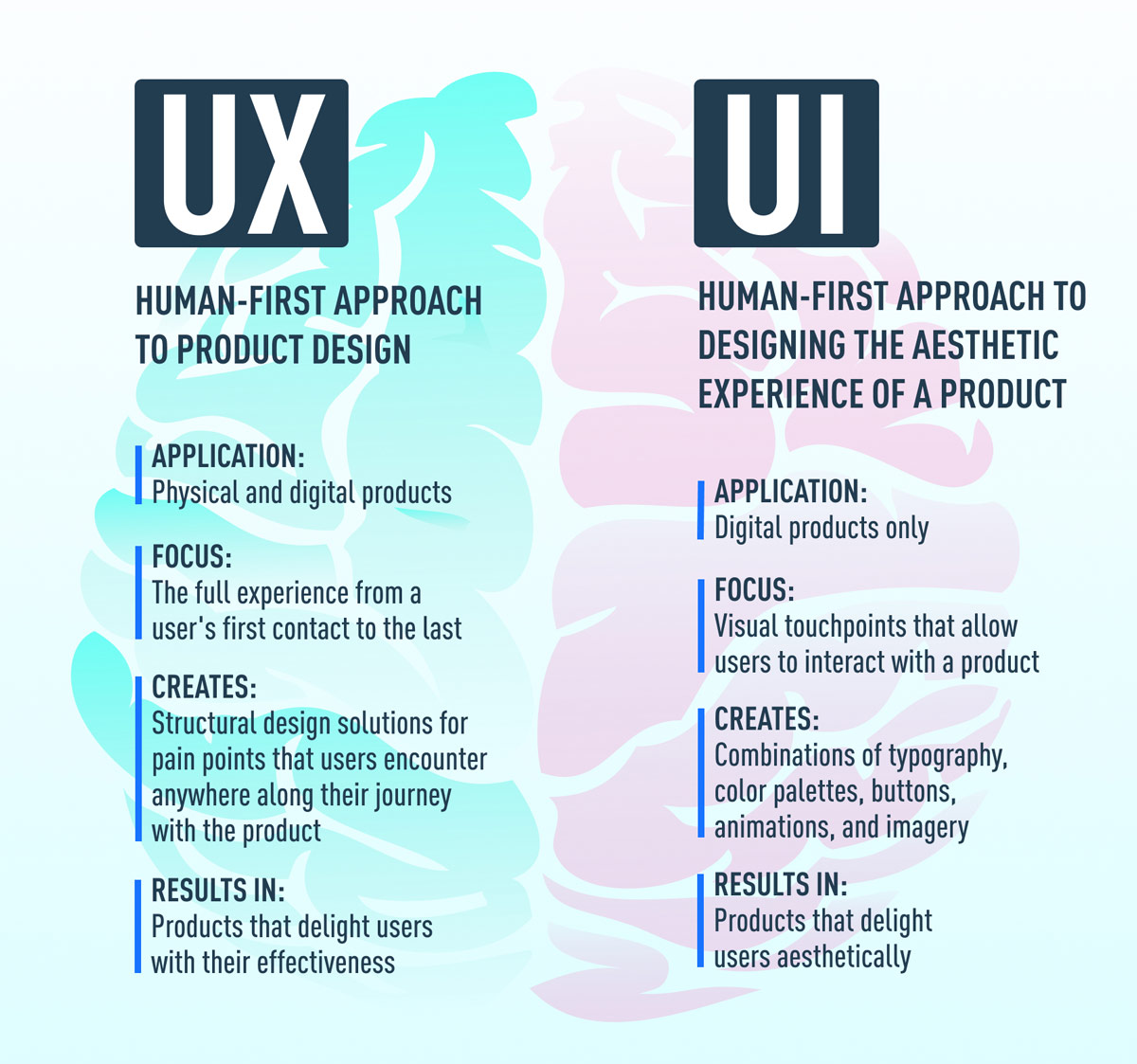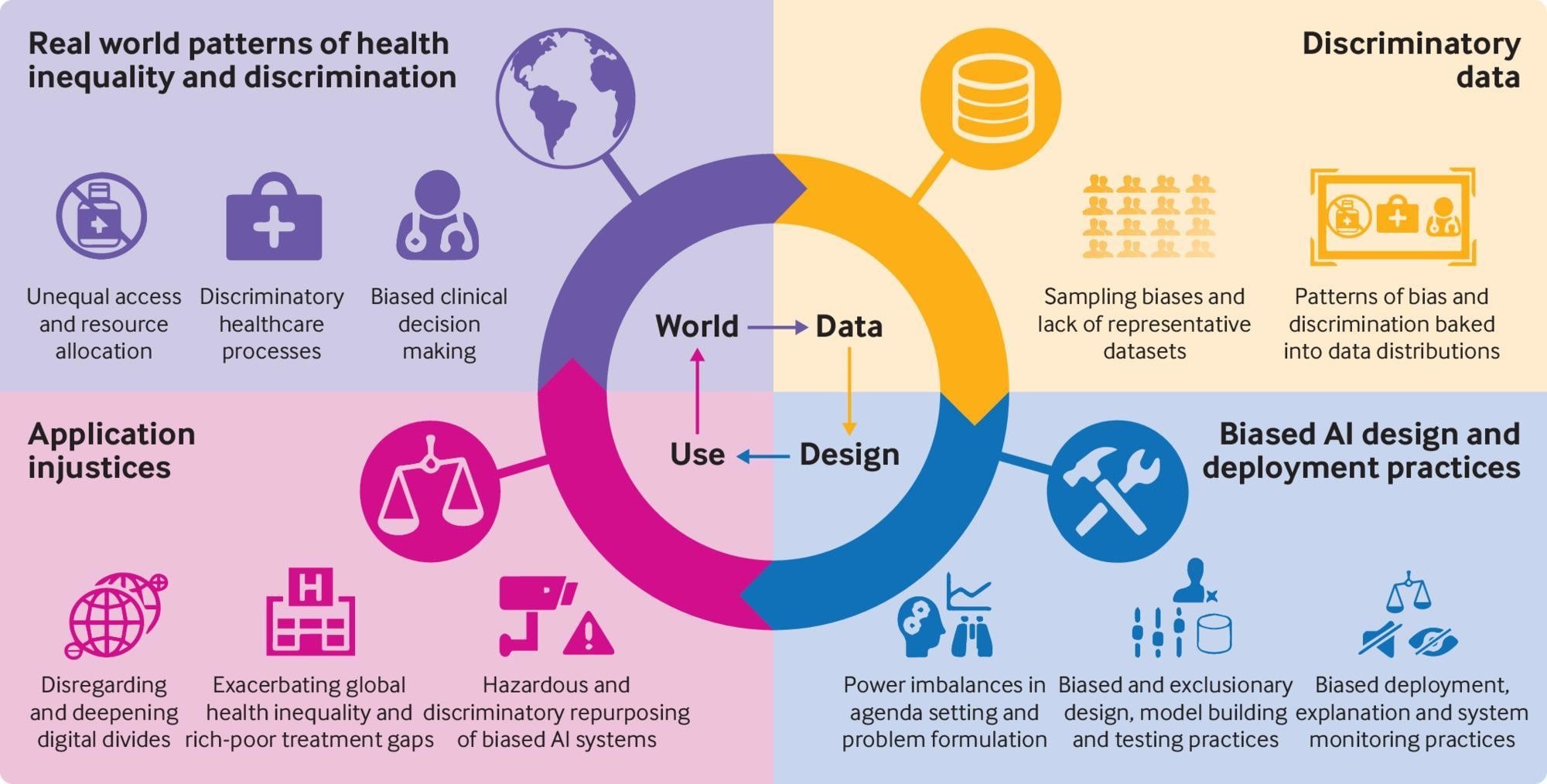A train of thoughts and writings on development, technology and the economy focusing on the socio-techno-economic-cultural surge of developing economies to regain and partake in leadership of the world. Written by George Easaw, member of the faculty of Business Administration of Allliance University, Bangalore, India. (This is purely an academic site, no commercial use is allowed. Photography rights lie with the respective organisations). Mention credits as needed.
Thursday, March 28, 2024
Tuesday, March 26, 2024
How does User Experience (UX) differ from User Interface (UI)

- User Interface (UI) Design:
Focuses on the presentation and interactivity of an application,
including elements like screens, buttons, and visual components that
users interact with.5
- User Experience (UX) Design: Aims to enhance the overall experience of users when interacting with an application, focusing on user satisfaction and creating a seamless experience
- Information Architecture: Involves designing the structure of information within an application to ensure easy navigation and user-friendly access to content
- Interaction Design: Focuses on creating the conceptual design that dictates how users interact with the product, including aesthetics, color, font, icons, and other interactive elements
- Usability: Refers to the user-friendliness of an application, ensuring that users can easily find information, navigate the app, and handle errors effectively
- Wireframing: Involves creating a sample of the application to test features, look, and usability before the actual launch, allowing for evaluation and refinement of the application's purpose
- Visual Design: Defines the brand's visual identity through the selection of images, colors, icons, fonts, and overall appearance, impacting user behavior and interaction with the application
Thursday, March 14, 2024
Launch of SpaceX Starship 3 rocket ..
Monday, March 11, 2024
Avoiding hallucination in AI output ..
AI hallucinations are incorrect or misleading results that AI models generate.
These errors can be caused by a variety of factors, including
insufficient training data, incorrect assumptions made by the model, or
biases in the data used to train the model.Hallucination is one of the man objections raised on the output from Generative AI and is indeed a scary matter to be reckoned. It ca change the context of discussion and evaluation.
-
Rigorous Testing and Evaluation:
- Testing AI models rigorously before deployment and evaluating them continuously are vital steps to prevent hallucinations and enhance overall performance
- Ongoing evaluation allows for adjustments, retraining, and ensures that human oversight is available to filter and correct hallucinatory outputs
-
Improved Data Quality:
- Providing generative AI models with well-structured, diverse, balanced, and augmented training datasets can significantly influence their behavior and minimize biases in outputs
- High-quality training data helps AI models gain a better understanding of real scenarios, reducing the likelihood of generating hallucinatory content
-
Model Regularization:
- Implementing model regularization techniques can help control hallucinations by penalizing unrealistic outputs and encouraging models to align with the training data distribution
- This approach minimizes the generation of irrelevant or nonsensical content by ensuring that outputs are more aligned with the intended purpose.
-
Human-in-the-Loop Validation:
- Incorporating human reviewers in the generative AI pipeline plays a crucial role in preventing hallucinations by providing human oversight and validation of AI-generated content
- Human reviewers can identify inaccuracies, provide feedback, and make corrections to ensure that AI outputs are accurate, coherent, and aligned with expectations.
-
Continuous Monitoring and Validation:
- Regular model evaluation and continuous monitoring of AI performance are essential to identify patterns of hallucinations and make necessary adjustments to the training process
- By closely monitoring AI outputs, developers can address emerging issues promptly and ensure that the models generate reliable and trustworthy content.
Avoiding bias in AI output ..
Bias in AI output refers to the presence of systematic prejudices or inaccuracies in the results generated by artificial intelligence algorithms. This bias can stem from various sources within the AI development process, leading to unfair, discriminatory, or skewed outcomes.
There are several types of bias that can manifest in AI output:

- Selection Bias: Arises when training data is not representative of the reality it aims to model, leading to unrepresentative datasets and biased outputs
- Confirmation Bias: Occurs when AI systems rely excessively on pre-existing beliefs or trends in data, reinforcing existing biases and hindering the identification of new patterns
- Measurement Bias: Arises when collected data systematically differs from the actual variables of interest, impacting the accuracy and reliability of AI predictions
- Stereotyping Bias: Reinforces harmful stereotypes, such as inaccuracies in facial recognition systems or language translation tools
To ensure that any AI does not have any bias, several measures can be wilfully and consciously implemented:
-
Transparency:
Ensure that the said AI should maintain transparency in its operations,
algorithms, and decision-making processes. By providing clear
information on how the AI functions and how results are generated, users
can better understand the system's workings
-
Diverse Data Sources:
Utilizing a wide range of data sources helps mitigate bias by offering a
more comprehensive view of information. When diverse
perspectives and sources are incorporated, the AI can reduce the risk of bias in
its responses
-
Regular Audits:
The organisation needs to conduct regular audits and evaluations of the AI system that can help
identify and address any biases that may exist. Continuously
monitoring and reviewing the AI's performance, are the only ways by which biases can be detected
and rectified promptly
-
Ethical Guidelines:
Adhering to ethical guidelines and standards in AI development is
crucial for ensuring fairness and impartiality. Following ethical
principles and guidelines in the training of the AI system, AI can uphold integrity and
minimize bias in its operations
- User Feedback: Encouraging user feedback and actively seeking input from users can help identify potential biases or issues within the system. When the interaction with the end user is strong by incorporating user feedback into the development process, any AI can address concerns and improve its performance.
Continuous Improvement or the Japanese term, Kaizen is the key to giving better output from an AI system. Organisations focusing on providing AI services or Intelligence-as-a-Service (I-a-a-S) need to be super vigilant and careful that such inaccuracies and biases do not creep into their training data.
In the next couple of years we can expect AI systems to be super powerful and would have permeated many core areas of human existence, enterprise, services and development particularly the environmental, educational, energy, utilities, biotech and healthcare systems. With proper training data from authorised sources and correction to remove any bias in the training data, right at the source, we can ensure the AI system does not output erroneous and biased results.
George..
SpaceX phenomenal growth..
 Notably, SpaceX completed 100 launches within a year between December 2022 and December 2023. This growth is evident in their consistent improvement and increased launch cadence, marking significant milestones in the space industry.
Notably, SpaceX completed 100 launches within a year between December 2022 and December 2023. This growth is evident in their consistent improvement and increased launch cadence, marking significant milestones in the space industry.Top Environmental Sustainability issues globally
Based on the information from sources across the world, here are the top 10 interesting issues in environmental sustainability that are pr...
My popular posts over the last month ..
-
These malayalam proverbs (invaluable diamonds of wisdom) have been collected from eyyal.blogspot.com and other sources on the Intern...
-
Information is processed data. How can you process this data if it is very large running to terabits and is being generated ...
-
Taj Hotel under attack .. Sandeep's mother touching her son one last time .. Sandeep's mother faints on seeing her son'...
-
Chipko movement heroines hugging trees, 26 March 1973, courtesy The Hindu It was in 1730 AD that Amrita Devi Bishnoi along with ...
-
These are photographs of North Kerala,(Malabar region ) taken by missionaries from Basel Mission around 1892 - 1930. The original title a...
-
Learning from history is the most gainful thing anyone can do ..!! From history we learn a lot of things and in turn, we become history to...
-
These are links to some of the writings/readings I have done on Lean related topics over the past many years. You may find them interesti...
-
Simple and brilliant illustration of lean thinking.. Frustration is a state of mind when one is unable to add value to the tasks he/she...
-
TM Varghese statue at Kesavadasapuram juntion in Trivandrum The epitaph .. Recently when I visited Trivandrum, Kerala, I got d...
-
When Dr Thomas Varghese trained at the Tata Memorial Cancer hospital in Mumbai and developer of the Varghese technique in cancer surgery, ...











